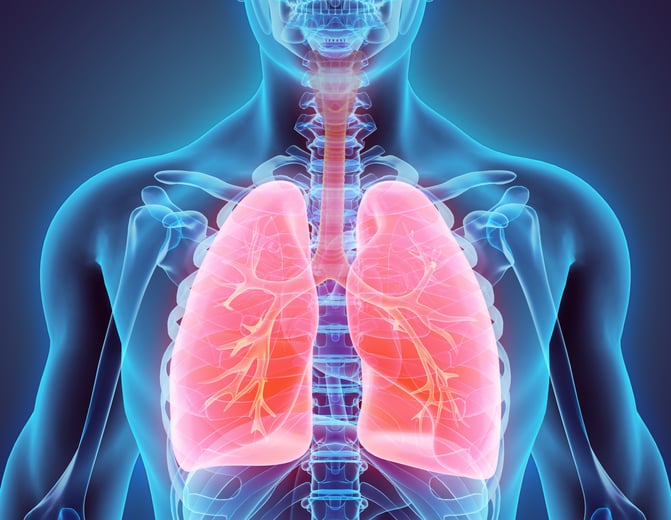
Airway protection can be life-saving for people who are experiencing the effects of both acute and chronic respiratory illness. But airway protection is not an antidote to respiratory failure, and will not necessarily prevent it. Indeed, some doctors even argue that the need for airway protection is a sign of respiratory failure because the patient cannot effectively exchange gases on their own. Prompt intervention in a respiratory emergency may prevent respiratory failure in some cases, although there are no guarantees.
Fact: Incorrect airway protection techniques can actually increase the risk of acute respiratory failure.
When treating a patient who is experiencing or is at risk of respiratory failure, here’s what you need to know.
Risk Factors and Symptoms of Acute Respiratory Failure
Acute respiratory distress from obstruction, infection, or trauma is a primary risk factor for acute respiratory failure. A person may be at risk for acute respiratory failure if:
- They use drugs, smoke, or drink to excess.
- They have a family history of respiratory disease.
- They have COPD or other cardiovascular conditions.
- They suffer a spinal cord or brain injury.
- They suffer a significant blow to the chest.
- They have HIV/AIDS, are on immunosuppressants, or otherwise have a compromised immune system.
Some signs that a person is experiencing or may be at risk for respiratory failure include
- Hypoxia
- Rapid breathing or confusion
- Bluish lips, tongue, or fingers
- Loss of consciousness
- Racing heart
- Irregular heartbeat
- Sweating
Depending on the cause of respiratory failure, a patient may need supplemental oxygen or intubation. Patients experiencing an obstruction, such as from aspiration or choking, may need suctioning. These strategies can protect the airway of someone who is at risk of respiratory failure and may restore normal gas exchange.
Airway Protection and Respiratory Failure: Is There a Link?
Although protecting the airway can be life-saving, all medical procedures carry some risks. In particular, airway suctioning presents a risk of hypoxia. Improper suctioning techniques may also damage a delicate airway or introduce pathogens into the airway. Likewise, an artificial ventilator may cause airway damage and facilitate lung or alveolar injuries. A clear understanding of suctioning risks coupled with diligent and careful technique can help prevent respiratory failure and mitigate the risks of airway protection.
Proper Suctioning Technique
To reduce the risk of airway failure when suctioning:
- Only suction a patient who shows clear indications for suctioning.
- Only use a clean and disinfected machine. Patients experiencing respiratory distress are already at a heightened risk of infection, and an unclean machine greatly increases the risk.
- Preoxygenate the patient before suctioning.
- Use a catheter that is the appropriate size for the patient’s age and overall health.
- Never suction the trachea for longer than 15 seconds, as this can cause hypoxia. If the first suction attempt fails, withdraw the catheter, reoxygenate the patient, and try again.
Choose the Right Suction Device for Your Agency
The right suction device makes it easier to safely suction your patients. Consistent, reliable suction is key to removing airway obstructions and protecting the airway. First responders, medical providers, and even hospitals must have a suction machine that allows them to treat patients wherever they are.
Portable emergency suction devices deliver immediate care when seconds matter. They also allow hospitals to comply with EMTALA guidelines, which require them to treat patients not just in hospital rooms but also in waiting areas and parking lots.
For help choosing the right portable suction device for your agency, download our free e-book, The Ultimate Guide to Purchasing a Portable Emergency Suction Device.
Editor's Note: This blog was originally published in December 2019. It has been re-published with additional up to date content.

















